Deciding to buy a pool heat pump is an easy decision. What can confuse the layperson is which unit will deliver the desired results.
We have created our pool heat pump buyer’s guide to help you make an informed choice when considering the best pool heat pump for you.
How Does a Heat Pump Pool Heater Work?
A pool heat pump works similarly to an air conditioner except in reverse. Instead of pumping cool air, a pool heat pump pulls heat from the air around it. It then heats the refrigerant and compresses it to create even more heat.
This hot air is then directed through a heat exchanger where the water is heated. This process runs on a continuous loop using only a tiny amount of electricity to operate the compressor and fan.
Because the heat is extracted directly from the surrounding air regardless of the time of day, a pool heat pump does not rely on radiation or direct sun. It can operate with cost savings even in very cold conditions.
How Does a Pool Heater Work in Winter?
Since a pool heat pump pulls heat from the air circulating around it, how does it work when the ambient air is cold, as in wintertime?
It depends on the coldest temperatures where you live, so you will need to check the shutdown point of any unit that interests you. However, in Australia, we don’t have the freezing temperatures to deal with that many countries have.
The easy answer is that heat pumps work the same in cooler seasons as in summer. It still transfers the available heat from the air and runs it through the evaporator coil to heat your pool.
Advantages of Using Pool Heat Pumps
- Ideal for mild and humid climates.
- Enables you to extend the use of your pool through the cooler months.
- They are available up to 250 kW for large commercial pools, then between 44 kW – 9 kW for smaller residential pools.
- Using a pool heater in tandem with a solar cover helps to retain heat.
- Very low maintenance and simple to install and use.
- Are a green solution as they don’t run directly on fossil fuels, have no emissions, and operate on a small amount of electricity.
- Cost efficient with low operating costs.
- Can be set to auto shut off at a pre-determined temperature.
- A robust solution to pool heating.
What Size Heat Pump For My Pool?
It is essential for you to get a pool heat pump that fits your requirements. We have a handy online heat pump calculator here that will help you calculate the size unit you need.
Remember that having a pool cover in place will help keep your pool warmer and reduce your costs for heating – especially if your pool cover is a solar one.
Can I Run More Than One Heat Pump at a Time?
The capacity you need from your pool heater pump depends on your pool size and the area you need to heat. If you have a large pool, you can install two or even four pool heat pumps to ensure you get the heating you need.
They can be plumbed in parallel to each other or in series. A professional can advise you on the best heating solution for your pool.
How to Plumb a Pool Heat Pump
Generally, it’s a great idea to get a professional to install the plumbing and swimming pool heater unit unless you are a qualified tradie. However, we have included a few quick tips on what is needed for a successful installation.
1. The Right Location
To work to its optimal capacity, your pool heat pump has to have excellent airflow. It needs to be away from obstructions so that the expelled air is not sucked back into and recirculated by the unit. Ideally, locate it outdoors, so it has an endless supply of fresh air to extract heat.
Check whether your swimming pool heat pump has a vertical or horizontal fan, as this will potentially affect where to install it.
2. Water Flow Rate
You must have the required water flow rate for your pool heat pump to work efficiently. If it is lower than indicated by the manufacturer, the pump will switch off because the water inside it will overheat.
3. Installation Base
Pool heat pumps need a solid and level base – ideally, concrete, timber decking, or paving slabs that are stabilised in sand.
The pool heater can either be placed above or below water level as long as the pool circulation pump has the power to supply the needed water flow rate for optimal performance.
4. Electricity
It is essential you check that your electrical current can support both the startup and running currents before you purchase a pool heater. Generally, you install a dedicated cable between your heat pump’s electrical consumer unit and a breaker dedicated to the heat pump.
It is usually recommended to run a dedicated cable back to your electrical consumer unit for the heat pump and install a dedicated breaker for the heat pump. Heat pumps need more electrical current on startup, but this is minimal and lasts only a millisecond before returning to your pump’s regular running current.
5. Plumbing
Depending on the size of your pipes, it should be straightforward to add your swimming pool heat pump to the pool pipework you already have in place.
If you have a heater or boiler already installed, unless it doesn’t work, you can leave it in place and add the pool heat pump in line with it. This allows you to use both together if you want to heat your pool quickly.
Use Pool Heat Pumps for Hot Tubs/Spas
Some pool heat pumps can also be used to reduce heating costs for a hot tub or spa. You install it into the existing spa circuit and set the maximum temperature to which you want it to heat.
Are Swimming Pool Heaters Worth it?
The upfront pool heat prices are generally higher than gas pool heaters, but the savings are in the operating costs. The typical swimming pool heat pump will have a lower cost to run because it is more efficient at heating. If maintained properly, they will also last longer than their gas counterparts.
Can You Add a Heat Pump to an Existing Pool?
The easy answer is yes. Especially if your existing pipes are the same size as the ones needed by your pool heat pump, they can even be installed alongside an existing heater so that you can use them together.
How long does it take to heat a pool?
The length of time that it takes to heat your pool with a heat pump is influenced by a few factors. These include the size of your pool and whether you are heating while using a pool cover to reduce evaporation.
Do pool heat pumps run all the time?
A pool heat pump only needs to be operating until the desired water temperature is reached. Most units have a built-in thermostat that will turn the pump on once the temperature of the water drops. Having a pool heat pump running constantly will waste money and electricity.
Does a heat pump need to be in the sun?
You can install your swimming pool heat pump in the sun, but it won’t make it more efficient. A pool heat pump relies on the air temperature around it, not heat from the sun, so the most important factor in installation is proper air and water flow for your unit.
Does the Time of Day I Run My Heat Pump Make a Difference?
The efficiency of your swimming pool heat pump is affected by when you use it. As it gets its heat from the air around it, the best time to use your pump is in the warmest part of the day.
If possible, adjust your settings on your filtration system to operate when it is warmest, and it will provide the water flow your heat pump needs when it is optimal.
How Long Do Pool Heat Pumps Last?
Pool heat pumps are high quality and have a long lifecycle. Usually, they will still be working well for up to 20 years, or even longer, when you do regular maintenance and servicing. Like any pump, how long it will last depends on how well you maintain and look after it.
Troubleshoot Your Heat Pump Pool Heater Installation
If you are thinking of installing your heat pump yourself, here are a few important tips about location and what to avoid to prevent ongoing issues.
Your Garden Sprinkler System
If you have a sprinkler system installed in your garden near your pool, you need to ensure that any water spray from it cannot reach your pool heater pump as it can cause damage to the heater components.
Your Homes Gutters
One thing you may not think of is runoff from your gutters. You must ensure that it will not cascade directly into your heat pump pool heater because it will cause damage over time. Rainfall is okay, but a solid stream from your gutters can eventually cause damage to your pump components.
Spacing Guidelines for Installation
- Ensure a minimum of 80 cm distance between your heat pump and any obstruction.
- Ensure there is around a 150 cm distance between the top of your pump and any objects like overhangs and branches.
- Allow a minimum of 30 cm between the sides of your pump and any object.
To What Temperature Should I Heat My Swimming Pool?
Ideally, the best swimming pool temperature is between 24C and 28C. This range accounts for swimming and relaxing in your pool while feeling refreshed even when the weather is scorching.
Best Heat Pumps For Pools
The Sensa-Heat range, the Madimack ECO range, and the Pentair UltaTemp HXi range are some of the pool heat pumps we recommend. For the complete range of heat pumps we sell, check out our Pool Heater & Heat Pump page here.
Boost Your Heat Pumps Performance With A Pool Cover
Evaporation causes a considerable loss of energy from your pool. How much evaporation for an outdoor pool depends on a few factors:
- The temperature of the water.
- The presence of wind and the speed it blows across the surface of your pool.
- The humidity and temperature of the air.
A windbreak can help in areas where the wind is an ongoing issue. A fence, trees, and even shrubs help to reduce evaporation.
However, a windbreak needs to be close enough to the pool and high enough so that it doesn’t cause turbulence, which will increase evaporation. The other factor to consider is that you don’t want too much shade overshadowing your pool, so you must achieve a delicate balance.
Indoor pools are not at the mercy of the external environment but can still lose considerable energy from evaporation. Room ventilation is needed to control the amount of humidity that is caused by evaporation.
How Does a Pool Cover Work?
The two primary purposes of pool covers are minimizing evaporation and reducing heating costs. They can also reduce maintenance and cleaning time and costs as well.
You can save 50 to 70% of pool heating costs by covering your pool, especially when you are not using it. This applies to indoor and outdoor pools. In the case of indoor pools, a pool cover will also save you money by reducing the need to ventilate the air and run exhaust fans.
The Different Types of Pool Covers
The bare minimum you need to cover your pool is a sheet of plastic. It may create a vapor barrier but will be difficult to install and remove, easily tear, and be damaged quickly in direct sunlight.
A cover specifically designed to cover a pool is your best option, and there are a few options from which to choose. Pool covers are made from materials like UV-stabilized polyethylene, polypropylene, or vinyl can be opaque or transparent and come in different colours.
Keep in mind, when looking for your pool cover, outdoor pools will absorb 75-85% of the sun’s energy when it hits the water’s surface. Adding a pool cover can reduce this gain depending on the type of pool cover you.
Solar/Bubble Pool Cover
The cost of these covers is at the lowest end of the spectrum. They look similar to bubble wrap but are made from a thicker grade of material and have inbuilt UV inhibitors.
Vinyl Pool Covers
These are made from a heavier material than the bubble covers, are more robust, and are expected to last longer. Vinyl pool covers can also be purchased with insulation positioned in the middle of two vinyl layers.
Getting a Pool Cover That’s Easy to Use
Ease of use is vital with a pool cover. If it’s too difficult to open or close, you will more than likely avoid using it. The different options are:
- Manual: You can either remove it by hand and fold it to store it or use a pool cover reel that can be rolled away to store the cover.
- Semi-automatic reels: These are motorised and utilize electric power to take the cover on and off. They generally need someone to guide the cover onto the reel and can be either built-in or detached.
- Automatic reels: These are fully automated, and the cover easily slides onto and off the pool using a simple push of a button.

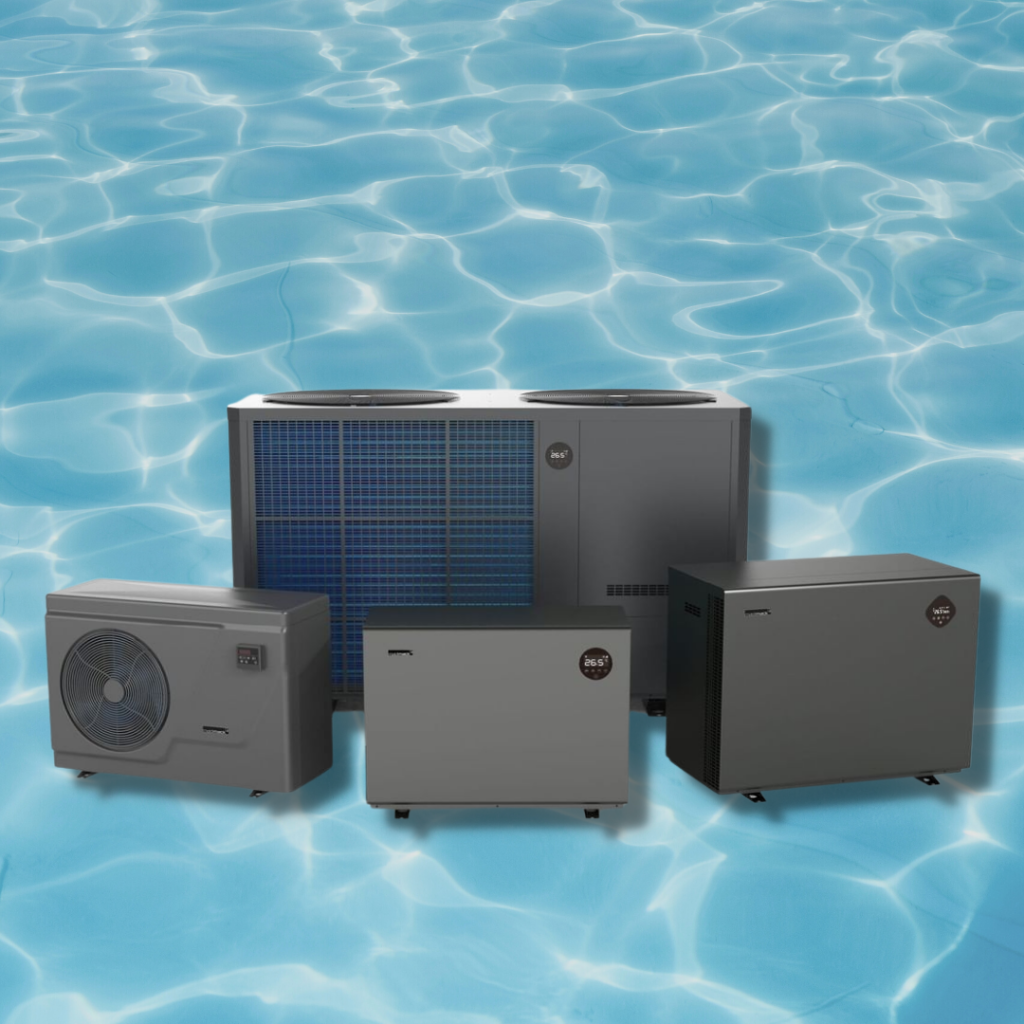
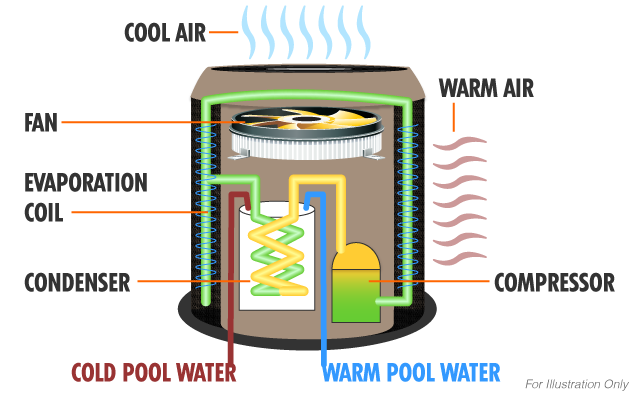

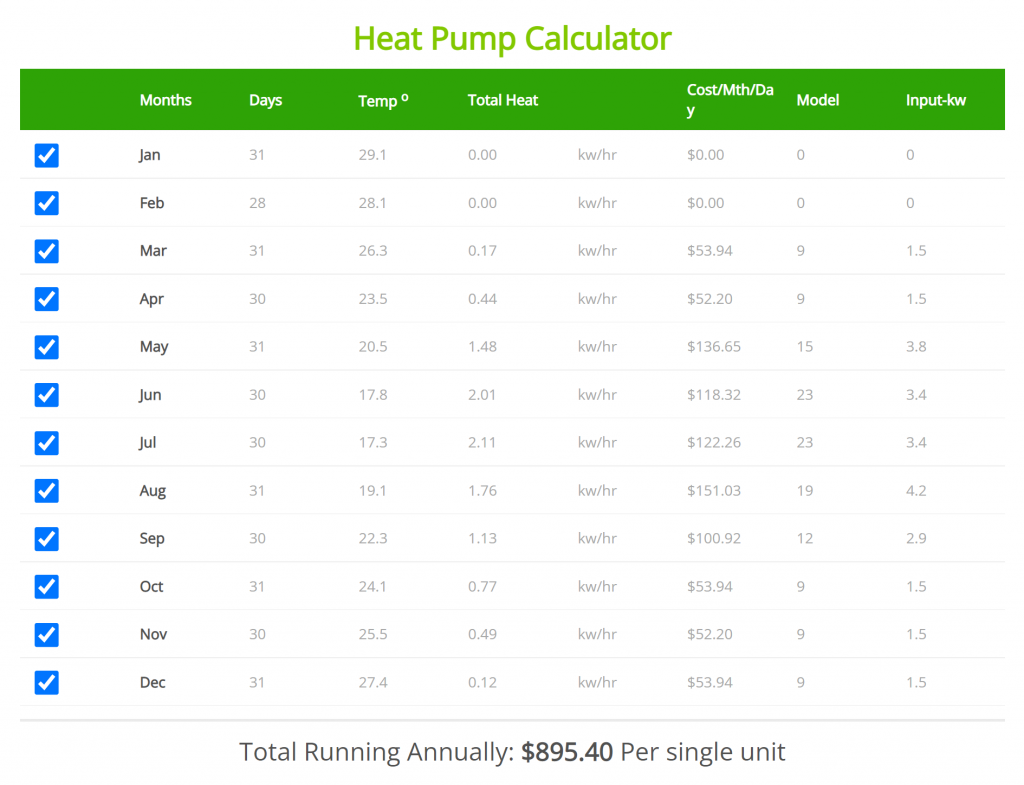
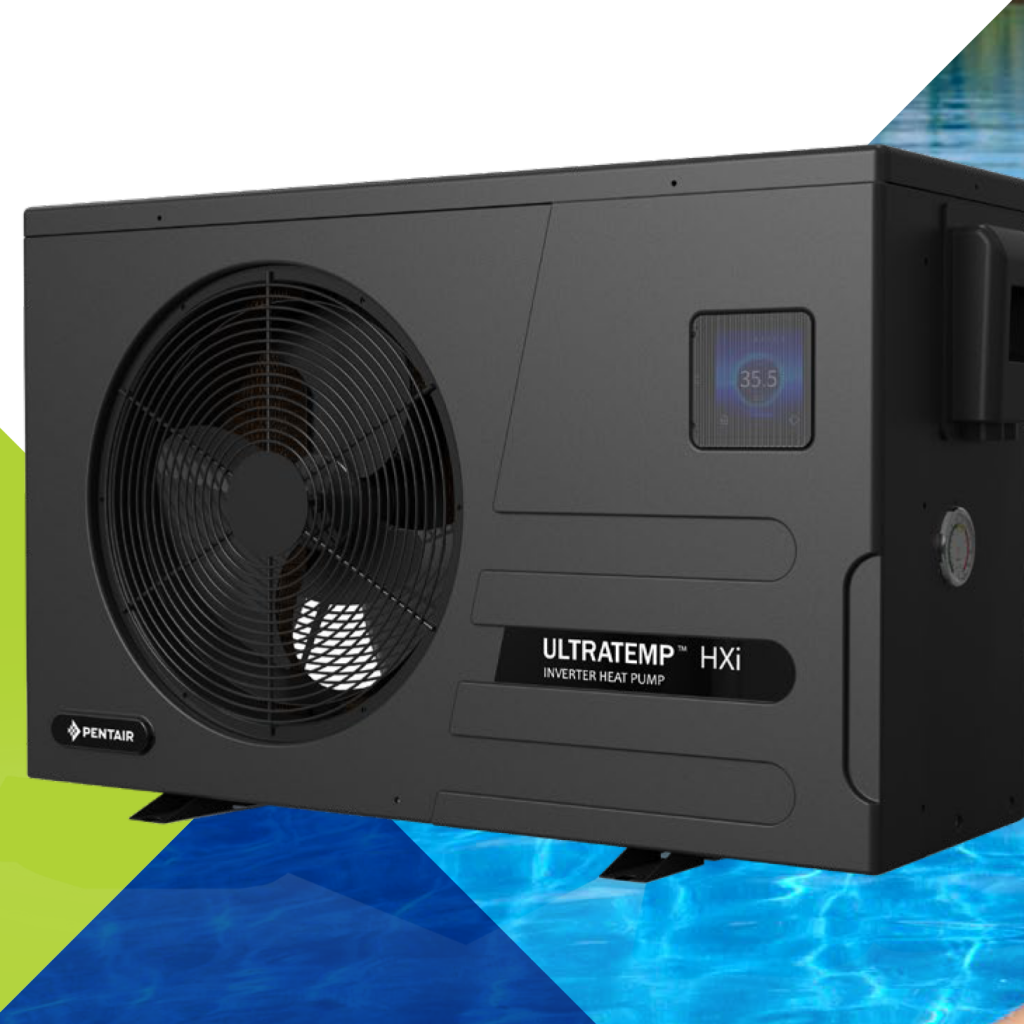
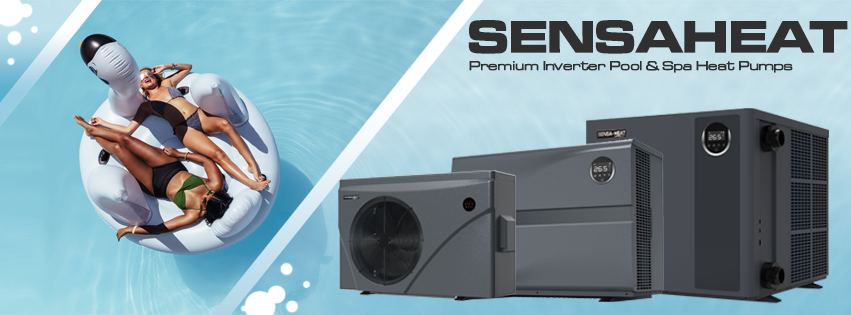

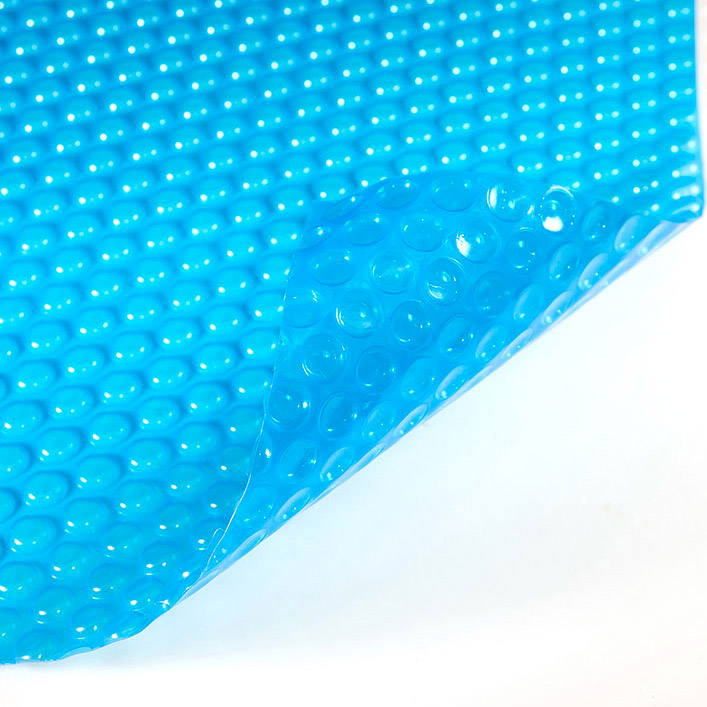
1 thought on “Pool Heat Pump Buyer’s Guide”
Comments are closed.